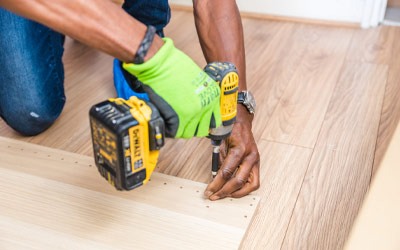Industry Trends
Marketing Insights
More has been written about millennials than perhaps any other generation in recent history. Their work habits, brand preferences, voting records, and ubiquitous and omnipresent use of social media have been the topics of endless articles and studies. How would technology impact these early adopters of technology as adults? And how would their demand for flexible working environments impact traditional office life in the long run? Marketing professionals, in particular, have been fascinated by this generation for the better part of a decade.
A 2020 eMarketer report on U.S. millennials and other sources explores the topic in great detail. Here’s my take:
As a whole, millennials are the generation that has redefined what it means to advance into adulthood.
Born roughly between 1981 and 1996, they entered the workforce during the Great Recession and have been saddled with student debt and stagnant wage growth ever since. Nearly 62% of millennials reported living paycheck to paycheck in 2019, and almost half of them pursue side hustles in the gig economy to earn extra income. It’s also important to note that the current economic downturn is the second in a decade for this generation, at a time when they should be headed into some of their highest earning years.
Statistically speaking, millennial purchase power and major life decisions are likely to be delayed by global and economic conditions beyond their control.
And there’s something to be said about their self-professed lack of financial literacy.
While this is a troubling trend, a recent 2020 millennials report from eMarketer indicates that this generation has made progress toward becoming homeowners — an accomplishment that indicates what could be described as a quest for stability, given millennials’ experience with the economy thus far.
Millennials do not have a disdain for homeownership.
In many ways, society has characterized millennials as Peter Pans — perpetual renters who refuse to grow up. But the truth is quite the opposite.
Today, 86% of millennials believe the benefits of owning a home outweigh the drawbacks. (1) And, the latest available Census data indicates that the majority of older millennials already own a home. In fact, prior to the COVID-19 pandemic, millennials were forecast to surpass 50% of all home purchase mortgages in 2020, proving that they have already become a driving force in the real estate market.
There isn’t a lack of intention to continue buying, either: 70% of millennials ages 22 to 37 said they expect to buy a home, and 40% of them are already saving to do so. (2) With that said, saving for a down payment is one of the biggest hurdles for this generation, as they have statistically shown less ability to save large amounts of money. (Their continued struggles with downturns in the economy don’t help.) Millennials’ relative lack of savings could make things more expensive overall for them when they do buy, as the housing market has been rebounding and climbing for about eight years, making the available housing stock more expensive for everyone.


